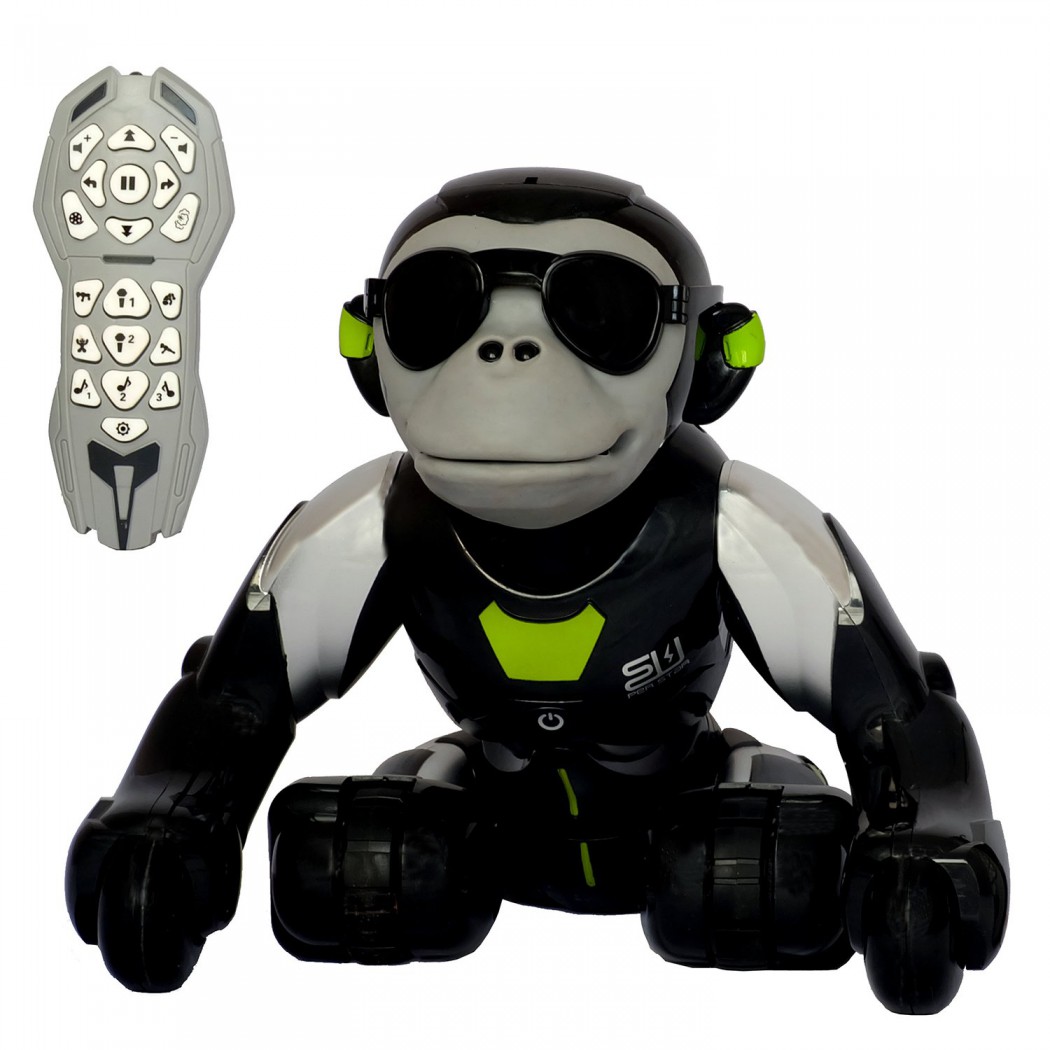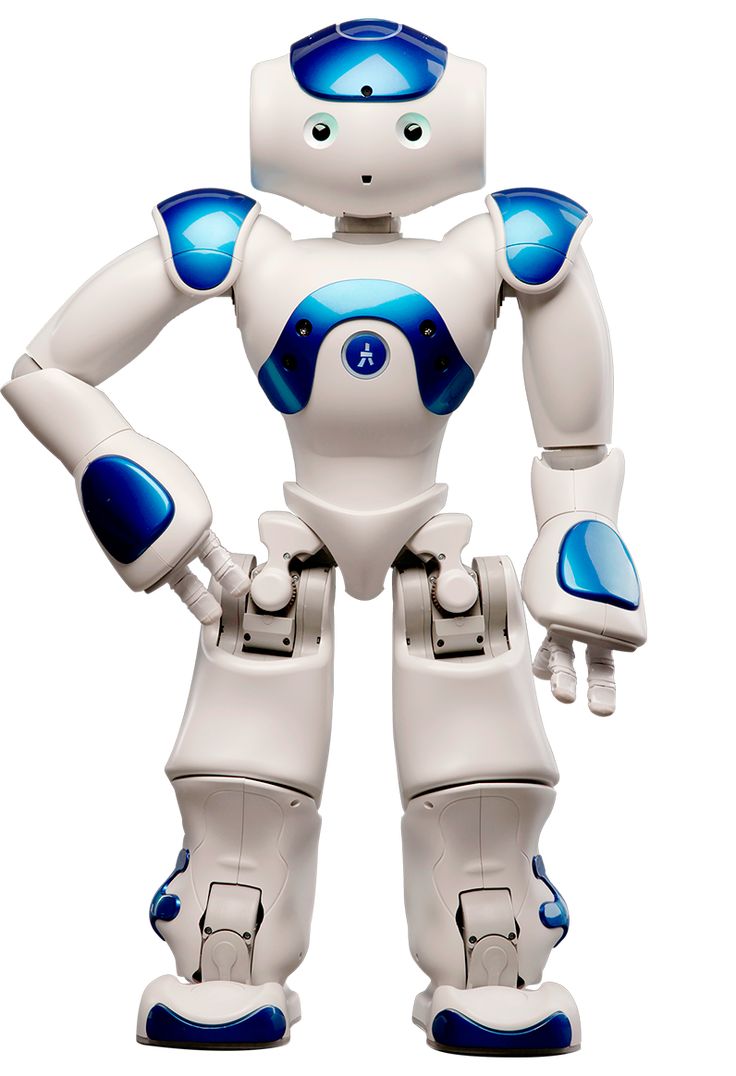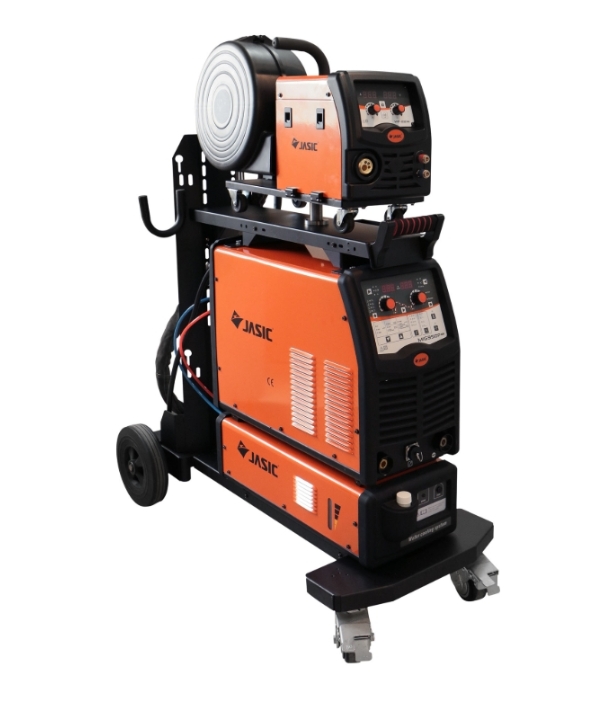Washington State University (WSU) has unveiled a groundbreaking achievement in robotics with the development of Bee++, the world's first robotic bee capable of stable flight in all directions. This revolutionary prototype marks a significant milestone in the realm of artificial insect flight, offering promising applications in various fields such as artificial pollination, search and rescue operations, biological research, and environmental monitoring.
Led by Nestor O. Perez-Arancibia, Associate Professor of the Department of Mechanics and Materials Science at WSU, the research behind Bee++ has been published in the prestigious IEEE Transactions on Robotics journal. Perez-Arancibia will present the groundbreaking results at the upcoming IEEE International Conference on Robotics and Automation, showcasing the culmination of years of dedicated research and innovation.
The quest to develop artificial flying insects spans over three decades, with researchers envisioning their potential in diverse scenarios, including tasks in confined spaces, environmental surveillance, and delicate biological studies. However, achieving stable flight dynamics in miniature robotic platforms posed formidable challenges, requiring advancements in both physical design and control algorithms.
Bee++ features four carbon fiber and mylar wings, each equipped with lightweight actuators for precise control. This innovative design enables the robot to execute stable flight maneuvers in all directions, a feat previously unattainable in artificial insect flight. With a wingspan of 33 mm and weighing 95 mg, Bee++ surpasses the size of real bees, yet it represents a remarkable leap forward in mimicking natural flight behaviors.
Initially, researchers experimented with two-winged prototypes but encountered limitations in maneuverability. The breakthrough came in 2019 when Perez-Arancibia and his team unveiled the first four-winged robot capable of sustained flight. By incorporating maneuvers such as tilt and rotation, the researchers laid the groundwork for achieving complex yaw movements, crucial for precise navigation and object tracking.
Control over yaw movements proved to be a pivotal challenge, mirroring the complexities of insect flight dynamics. Perez-Arancibia explains the significance, stating, "If you can't control the yaw, you're very limited. If you're a bee, here's a flower, but if you can't control the yaw, you're spinning all the time trying to get to it."
To address this challenge, researchers drew inspiration from insect flight mechanisms, optimizing wing movements to generate controlled yaw motions. By increasing the wing flapping frequency from 100 to 160 times per second and refining the physical design of the robot, Bee++ achieved unprecedented stability and maneuverability.
Despite its larger size compared to real bees, Bee++ demonstrates remarkable autonomy, capable of flying for approximately five minutes on a single charge. However, tethering to a power source via a cable remains necessary for sustained operation, highlighting the ongoing advancements required in power management and energy efficiency.
In summary, Bee++ represents a pinnacle of innovation in robotic insect flight, transcending previous limitations to achieve stable flight in all directions. With its potential applications ranging from environmental monitoring to search and rescue missions, Bee++ heralds a new era in robotics, where artificial insects play a pivotal role in addressing real-world challenges. As WSU continues to push the boundaries of robotics, Bee++ stands as a testament to the power of interdisciplinary research and technological innovation.














